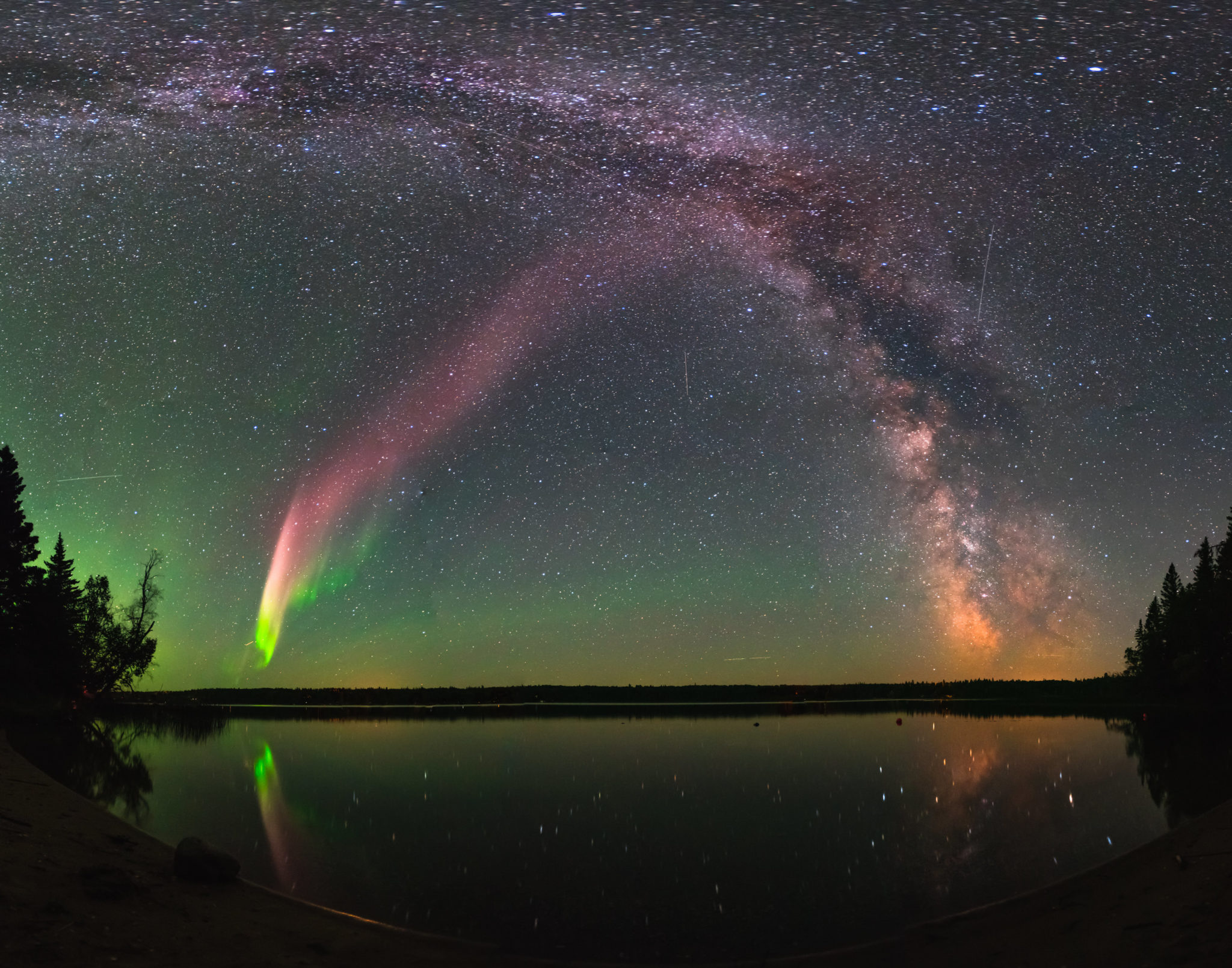Scientists are Puzzled by the Mysterious Lights above Canada

The bizarre atmospheric effect called Steve continues to puzzle scientists, as it seems to be a brand new type of atmospheric occurrence.
Research on the strange lights began a few years ago after the rise of a popular Facebook group called Alberta Aurora Chasers. Users posted pictures of what appeared to be common auroras, but something was strikingly different. Instead of the familiar large sheets of light, they were long and narrow, more similar to a ribbon. The name STEVE is an acronym for Strong Thermal Emission Velocity Enhancement and the lights are now the subject of dedicated research.
A recently published study in the Geophysical Research Letters considers that STEVE is distinct in comparison with the auroras. Believing that the placeholder name is also not very appropriate, the group of scientist proposed that the term ‘’skyglow’’ better fits the phenomenon.
Auroras appear when electrically charged protons and neutrons leave the magnetosphere and come into contact with Earth’s ionosphere. The particles emit a variety of colors when they under electrical stimulation, such as blue, red and green. While skyglows look very much like typical auroras, there are some major differences. The first one is the unique ribbon aspect, with beautiful violet and white hues. They can only be observed a few times a year.
It was previously thought that skyglows occur in a similar manner to normal auroras, via a process called particle precipitation. A phenomenon called subauroral ion drift has been linked to them but the core reason of their appearance remains unknown, despite the association. One of the skyglows was analyzed in March using a powerful network of All-Sky Images around Canada, with additional data offered from an energetic particle observer mounted on a satellite.
Gathered data revealed that skyglows are not aurora, detecting no traces of the particle precipitation.
The exact cause of the phenomenon remains to be determined as more and more researchers become interested.
0 comments